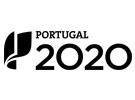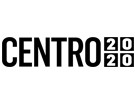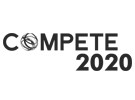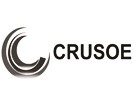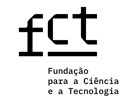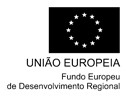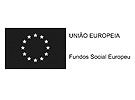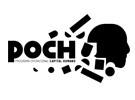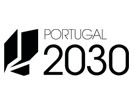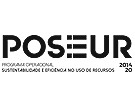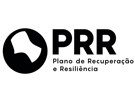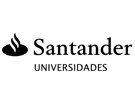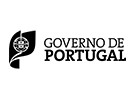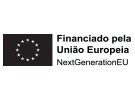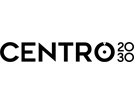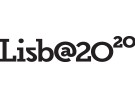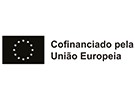



Publication in the Diário da República: Despacho nº 14434/2024 - 05/12/2024
6.5 ECTS; 1º Ano, 1º Semestre, 30,0 T + 30,0 TP , Cód. 338042.
Lecturer
- António João de Carvalho da Cruz (1)(2)
(1) Docente Responsável
(2) Docente que lecciona
Prerequisites
Not applicable
Objectives
1. Tdentify the role of research in Conservation and Restoration
2. Identify the characteristics of technical-scientific literature
2.1. Identify the different types of publications
2.2. Identify the technical and scientific literature relevant to C&R
3. Perform literature searches
3.1. Identify and make adequate use of digital resources
3.2. Select the technical and scientific publications
3.3. Obtain the publications in digital format
4. Use technical and scientific literature appropriately
4.1. Selecting the most appropriate type of publication for a subject
4.2. Identifying the relevant information in a publication
5. Prepare adequately technical and scientific documents
5.1. Defining the structure
5.2. Organize the information
5.3. Use appropriate written language
5.4. Apply bibliographic systems and standards
5.5. Prepare tables and figures
6. Prepare digital documents
6.1 Paginate documents
6.2. Use the word processor properly
Program
1. Research in Conservation and Restoration
1.1 What is research?
1.2 Importance and contexts of research in C&R
1.3. A fundamental activity: writing
1.4. A fundamental activity: reading
2. Bibliographic research
2.1. What to look for?
2.1.1. The technical-scientific literature
2.1.2. The publications of Sciences and Humanities
2.1.3. The C&R in the context of publishing
2.1.4. The scientific article
2.2. How to search?
2.2.1. Traditional search and search in digital environment
2.2.2 Bibliographic databases
2.2.3. Search engines
2.2.4. Bibliographic search through citations
2.3. How to obtain the bibliography in digital format and how to identify it?
2.3.1. Access through publishers
2.3.2. Institutional repositories and personal pages
2.3.3. Digitization projects and virtual libraries
2.3.4. Identification elements of digital publications
3. Technical and scientific writing
3.1. Guidelines and general elements of a document
3.1.1. Guidelines
3.1.2. Parts of a document
3.1.3. Identification data
3.1.4. Information about the document's content
3.1.5. Acknowledgements
3.1.6. Work supports
3.2. Types of documents and their structure
3.2.1. Types of documents and principles of their structure
3.2.2. Scientific article
3.2.3. Review article
3.2.4. Dissertation and thesis
3.2.5. Internship report
3.1.7. Proposals
3.1.8. Curriculum vitae
3.3. Style
3.3.1. The academic styles
3.3.2. Technical and scientific style and international literature
3.3.3. General rules
3.3.4. Sentences
3.3.5. Words
3.3.6. Other grammatical aspects
3.3.7. Technical standards and conventions
3.4. Bibliographic references
3.4.1. Importance of bibliographic references
3.4.2. Systems for bibliographic references
3.4.3. Main standards of bibliographic formatting
3.4.4. Portuguese standard NP 405
3.4.5. Bibliographic reference management software
3.5. Tables and figures
3.5.1. Use of tables and figures
3.5.2. Tables
3.5.3. Types of figures and aspects to consider when preparing them
4. Preparation of documents in digital format
4.1. Pagination
4.1.1. Use and numbering of pages
4.1.2. Numbering of document sections
4.1.3. Captions and in-text references to tables and figures
4.1.4. Layout of graphic elements on pages
4.2. Use of digital files
4.2.1. Use and format of documents
4.2.2. Insertion of documents in appendices
4.3. Use of Word
4.3.1. General rules
4.3.2. Styles
4.3.3. Automatic numbering of sequences
4.3.4. Bookmarks and cross-references
4.3.5. Tables of contents, figures and tables
4.3.6. Bibliographic references
4.3.7. Insertion of figures and tables
4.3.8. Revision tools
Evaluation Methodology
Unless special cases, properly justified, the theoretical-practical classes are compulsory.
The assessment is made through a TP component (exercises performed in TP classes or out of class) (50 %) and a T component (literature review article, on a subject of the student's choice, to be delivered during the examination periods and subsequent oral discussion) (50 %). Approval is granted when both components have a grade equal to or higher than 10/20 points, and those who do not have a minimum of 10/20 points in the TP component are excluded from the examination.
In special cases, properly justified, the assessment is made only through the theoretical component, and a minimum score of 10/20 marks is required in this component for approval.
Bibliography
- Azevedo, M. (2018). Teses, Relatórios e Trabalhos Escolares. Sugestões para a Estruturação da Escrita. Lisboa: Universidade Católica Editora
- Leitão, M. e Soares, M. e Estrela, E. (2015). Saber Escrever uma Tese e Outros Textos . Lisboa: Dom Quixote
- Poupa, C. e Pereira, A. (2018). Como Escrever uma Tese, Monografia ou Livro Científico Usando o Word. Lisboa: Sílabo
- Turabian, K. (2018). A Manual for Writers of Research Papers, Theses, and Dissertations. Chicago: The University of Chicago Press
- Research as an integral part of conservation- restoration education.(2017, 0 de ---). CeROArt,
- Writing for conservation.(1999, 0 de ---). Conservation News, pp. 11-15.
Teaching Method
1. Theoretical lessons of expositive nature
2. Theoretical-practical classes with discussion of common problems
3. Realization of application exercises
4. Preparation of a review article on a free theme to be delivered during the assessment periods
Software used in class
Browser
Microsoft Word
